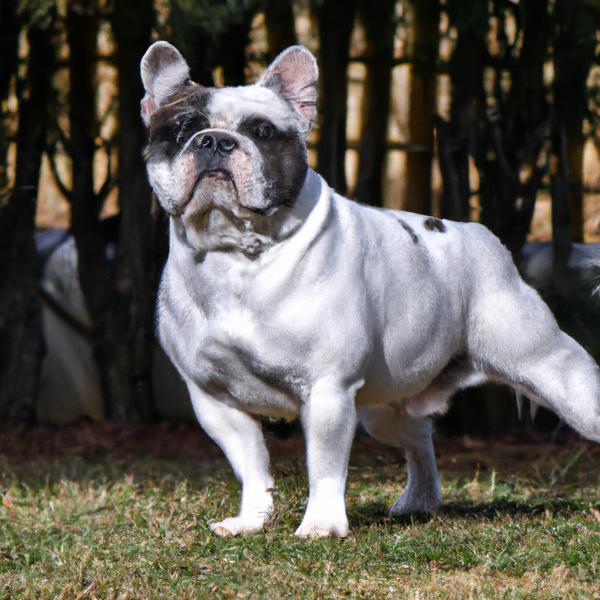Labraheeler vs. French Buillon: Breed Differences and Similarities
Hypoallergenic
Are Labraheelers or French Buillons hypoallergenic, or neither?
Unfortunately, neither Labraheeler nor French Buillon are hypoallergenic, which may not make them the best choice for dog lovers who suffer from pet allergies.
Temperament
What are the personalities of Labraheeler and French Buillon dogs?
Playful
Loving
Energetic
Protective
Alert
Intelligent
Friendly
Responsive
Affectionate
Loyal
Gentle
Going
Social
Aggressive
Cheerful
Playful
Happy
Energetic
Alert
Intelligent
Friendly
Affectionate
Patient
Lively
Keen
Easygoing
Athletic
Bright
Shedding Level
Do Labraheelers shed more than French Buillons, or which breed sheds more, Labraheelers or French Buillons?
Labraheelers are moderate shedders, but regular brushing can reduce shedding and maintain coat health.
French Buillons are low shedding dogs, requiring minimal coat care.
Ancestry
What are the origins of Labraheeler and French Buillon breeds?
Australian Cattle Dog and Labrador Retriever
French Bulldog and Papillon
Date of Birth
When were Labraheeler and French Buillon breeds first developed?
Unknown
Eye Color Possibilites
What are the eye colors of Labraheeler and French Buillon dogs?
Blue
Hazel
Brown
Brown
Nose Color Possibilites
What are the natural nose colors of Labraheeler and French Buillon?
Black
Brown
Isabella
Black
Coat Color Possibilites
What are the natural colors of the coat for Labraheeler and French Buillon breeds?
Black
Blue
Red
White
Cream
Brindle
Brown
Fawn
Brindle
White
Cream
Black
Coat Length
What is the typical coat length for Labraheeler and French Buillon breeds?
Labraheelers have coats that can be either short or medium in length.
French Buillons have medium-length coats.
Coat Density
What is the density of the coat of Labraheeler and French Buillon?
Coat Texture
What is the hair texture of Labraheeler and French Buillon?
Straight
Litter Size
What is the usual litter size for Labraheeler and French Buillon?
A Labraheeler can have a litter of 5-10 puppies on average. However, it's worth noting that the size of the litters can vary greatly. Factors that can influence litter size include the health of the mother, breeding history, and genetics.
A French Buillon can have a litter of 3-5 puppies on average. However, it's worth noting that the size of the litters can vary greatly. Factors that can influence litter size include the health of the mother, breeding history, and genetics.
Adaptability
Labraheelers are known for their adaptability and can adjust well to different environments and lifestyle changes.
French Buillons are highly adaptable and versatile, making them excellent companions for families and individuals of all lifestyles.
Health Issues
Between Labraheeler and French Buillon, which breed is more prone to health problems?
Labraheeler and French Buillon breeds are generally considered to be healthy. However, like all breeds, they are susceptible to certain health issues and it is important to keep an eye out for them and address them with your veterinarian as needed.
Major Concerns
What are the major health concerns for Labraheeler and French Buillon breeds?
Patellar Luxation
Progressive Retinal Atrophy
Hip Dysplasia
Arthritis
Patellar Luxation
Entropion
Hip Dysplasia
Occasional Tests
What occasional tests are recommended for Labraheeler and French Buillon breeds?
MRI
CT Scan
Physical Examination
Ultrasound
Radiographs
Urinalysis
Joint Fluid Sample
Complete Blood Profile
Blood Count
Chemical Analysis
Chest X-rays
Complete Ophthalmologic Examination
Electroretinogram (ERG)
Blood Test
X-Rays
MRI
CT Scan
Ultrasound
Optical Exam
Fluorescein Test
Schirmer Tear Test
Blood Count
Social Needs
Labraheeler vs French Buillon social needs comparison
Labraheeler has above average social needs and thrives with interaction with humans and other dogs.
French Buillon has very high social needs and requires regular mental and physical stimulation, a job or purpose, and companionship.
Sleeping Need
Which of the two sleeps the most/least: Labraheeler or French Buillon?
Labraheelers are active and require sufficient sleep to stay healthy.
French Buillons have moderate energy levels and typical sleep patterns of 12-14 hours per day.
Mouthiness
Mouthiness Comparison: Labraheeler vs French Buillon?
Roaming urge
Labraheeler vs Labrador: Running away tendency?
Prey Drive
Labraheeler or French Buillon - which breed has a higher level of prey drive?
Activity Level
Which breed has higher energy, Labraheelers or French Buillons?
Labraheelers are high-energy dogs. They need mental as well as physical exercise. These dogs require a lot of your involvement and without it they can, and will, become problematic dogs.
French Buillons are medium-energy dogs and typically enjoy socializing and playing casual or even sustained games of chase with other dogs. They may also have occasional periods of barking or racing around the house.
Tolerance of being left alone
Walks per Week
How many miles should Labraheeler or French Buillon walk each week?
There's really no limit to how far you walk your dog as long as they're comfortable. For Labraheeler, it's at least 10 miles / week. Just remember to build distance and stamina gradually over time.
There's really no limit to how far you walk your dog as long as they're comfortable. For French Buillon, it's at least 6 miles / week. Just remember to build distance and stamina gradually over time.
Activity per Day
Do Labraheelers or French Buillons require more exercise?
Both Labraheeler and French Buillon typically require a minimum of 60 minutes of exercise each day. The exercise can be spread throughout the day and may involve high-energy activities like walking, running, and playing.
Grooming
Which breed is easier to maintain in terms of grooming, Labraheelers or French Buillons?
The Labraheeler is a low-maintenance breed that doesn't require much grooming.
The French Buillon requires an average amount of grooming compared to other breeds.
Brushing Frequency
What is the recommended brushing frequency for Labraheeler and French Buillon dogs?
Labraheeler and French Buillon should be brushed at least once a week. Of course, you can give them more frequent brushes if you find that they are still shedding a lot.
Brushing Tools
What brushing tools are used for Labraheelers and French Buillons?
Pin Brush
Comb
Nail Clipper
Slicker Brush
Comb
Nail Clipper
Cups
How much food should be given to Labraheeler or French Buillon in cups?
For an average 19-25 pound (9 - 11 kg) Labraheeler feed 2.5 cups daily. But, keep in mind, the amount you feed is going to be dependent on the quality of the food you are feeding.
For an average 5-28 pound (2 - 13 kg) French Buillon feed 1 cups daily. But, keep in mind, the amount you feed is going to be dependent on the quality of the food you are feeding.
Daily Cost
Which breed has a higher daily cost, Labraheeler or French Buillon?
The average cost of a Labraheeler is somewhere $1.70 - $2.00 per day.
The average cost of a French Buillon is somewhere $1.10 - $1.40 per day.
Monthly Cost
Which breed has a higher monthly cost, Labraheeler or French Buillon?
The average per month expenses of a Labraheeler is between $48 - $63. This makes an average of $576 - $756 per year. It will be on the higher side when the dog is still small because it will need more frequent visits to the vet, shots.
The average per month expenses of a French Buillon is between $35 - $42. This makes an average of $420 - $504 per year. It will be on the higher side when the dog is still small because it will need more frequent visits to the vet, shots.
Sensitivity Level
How do Labraheeler and French Buillon compare in sensitivity?
This breed is sensitive to its environment and best suited for patient and understanding families with a consistent routine.
French Buillons have average emotions and adapt well to different situations.
Apartment Friendly
Which breed is more apartment-friendly: Labraheeler or French Buillon?
Labraheelers can do well in apartments with enough exercise and time outside, but a small yard would be ideal.
The French Buillon is a great apartment dog, thriving with sufficient exercise and time outside as part of their daily routine.
Child Friendly
Do Labraheelers or French Buillons have a friendlier temperament towards children?
Labraheelers make excellent family pets for kids due to their gentle, protective nature and calm temperament.
French Buillons have an average level of friendliness towards children.
Senior-friendly
Which dog is more suitable as a pet for the elderly - Labraheeler or French Buillon?
Cat Friendly
Do Labraheeler or French Buillon breeds have a better compatibility with cats?
Labraheelers and French Buillons are one of the best dogs for cats. They accept cats readily as part of the family. However, this dog breed should be trained to not chase after the kitty early on
Dog Friendly
Which breed is more sociable with other dogs: Labraheeler or French Buillon?
Labraheelers are friendly and active companions, and can be good family pets, though their friendliness towards other dogs may vary.
French Buillons are less friendly towards other dogs, but can improve with socialization.
Pet friendly
How do Labraheeler or French Buillon dogs interact with other pets?
Stranger Friendly
Which breed is more friendly with strangers: Labraheeler or French Buillon?
Labraheelers are friendly but may bark at strangers, and training is easy due to their intelligence.
French Buillons are highly friendly around strangers.
Playfulness
Which breed is more playful between Labraheeler and French Buillon?
Labraheelers are very playful, so adopting an older one might be a better option for a more relaxed experience.
French Buillons are a playful breed that needs daily playtime to be happy.
Trainability
How do the trainability levels of Labraheelers and French Buillons compare?
The Labraheeler is highly intelligent and eager to please, making it a great choice for both novice and experienced dog owners due to its easy trainability.
French Buillons are popular for their ease of training and quick learning ability.
Compare Labraheeler with other breeds
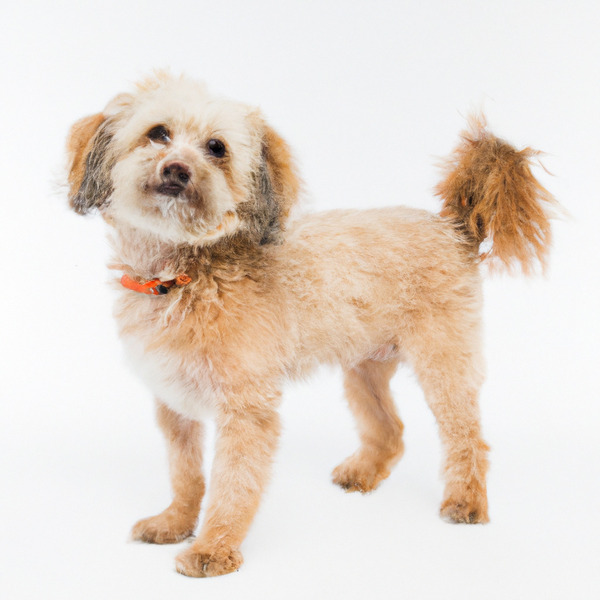
Pomapoo
Labraheeler vs Pomapoo
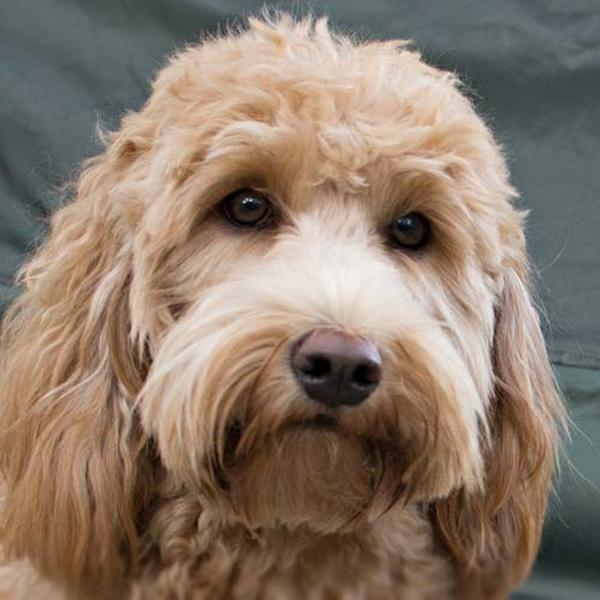
Double Doodle
Labraheeler vs Double Doodle
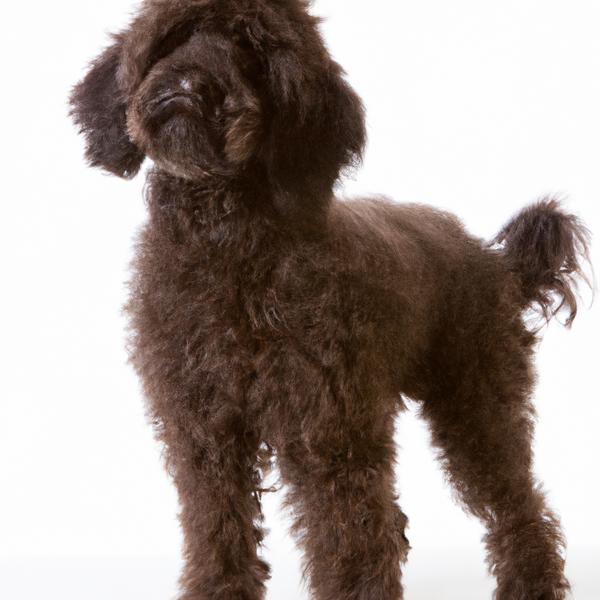
Affenpoo
Labraheeler vs Affenpoo
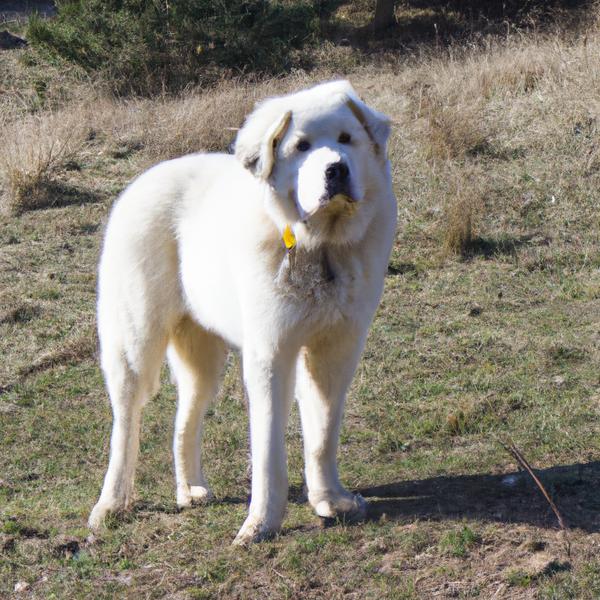
Saint Pyrenees
Labraheeler vs Saint Pyrenees
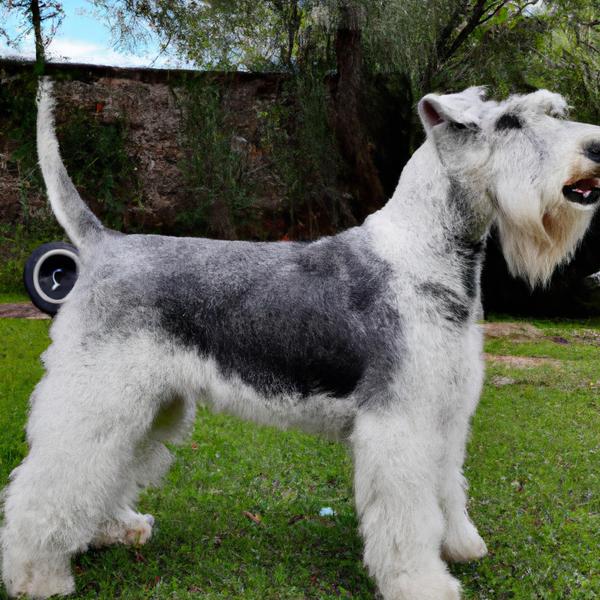
Sealydale Terrier
Labraheeler vs Sealydale Terrier
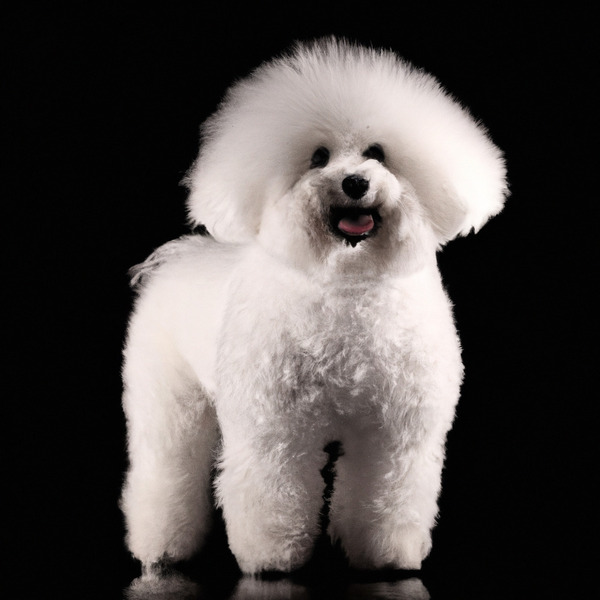
Bolognese
Labraheeler vs Bolognese
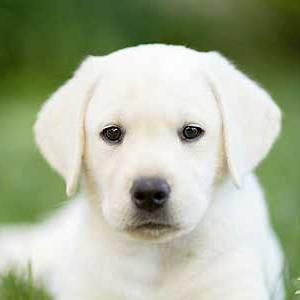
Labrador Retriever
Labraheeler vs Labrador Retriever
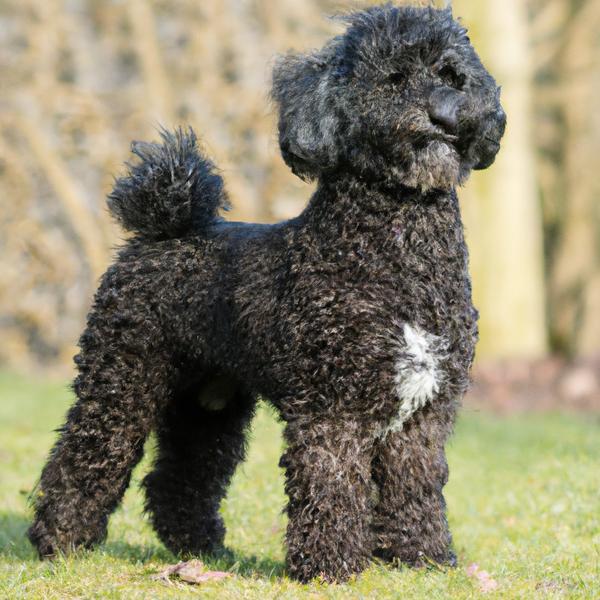
Schipper-Poo
Labraheeler vs Schipper-Poo
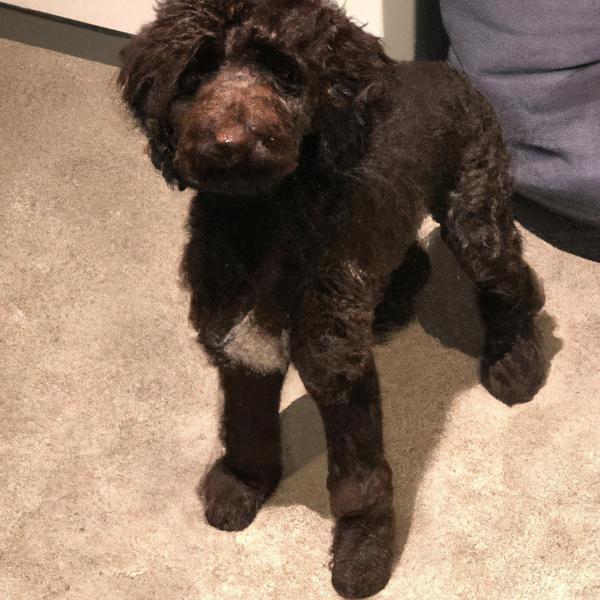
Beardoodle
Labraheeler vs Beardoodle
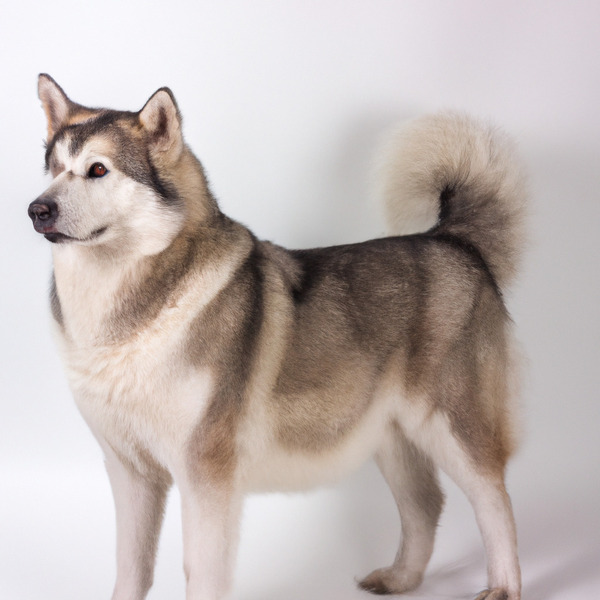
Chusky
Labraheeler vs Chusky
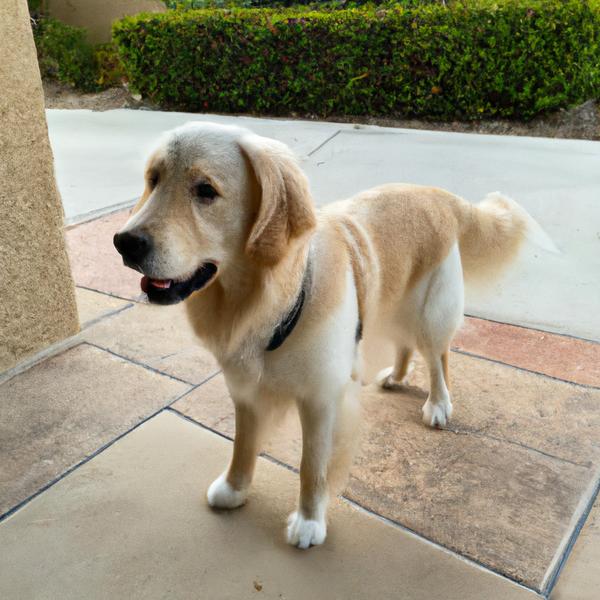
Petite Golden Retriever
Labraheeler vs Petite Golden Retriever

Greybull Pit
Labraheeler vs Greybull Pit

